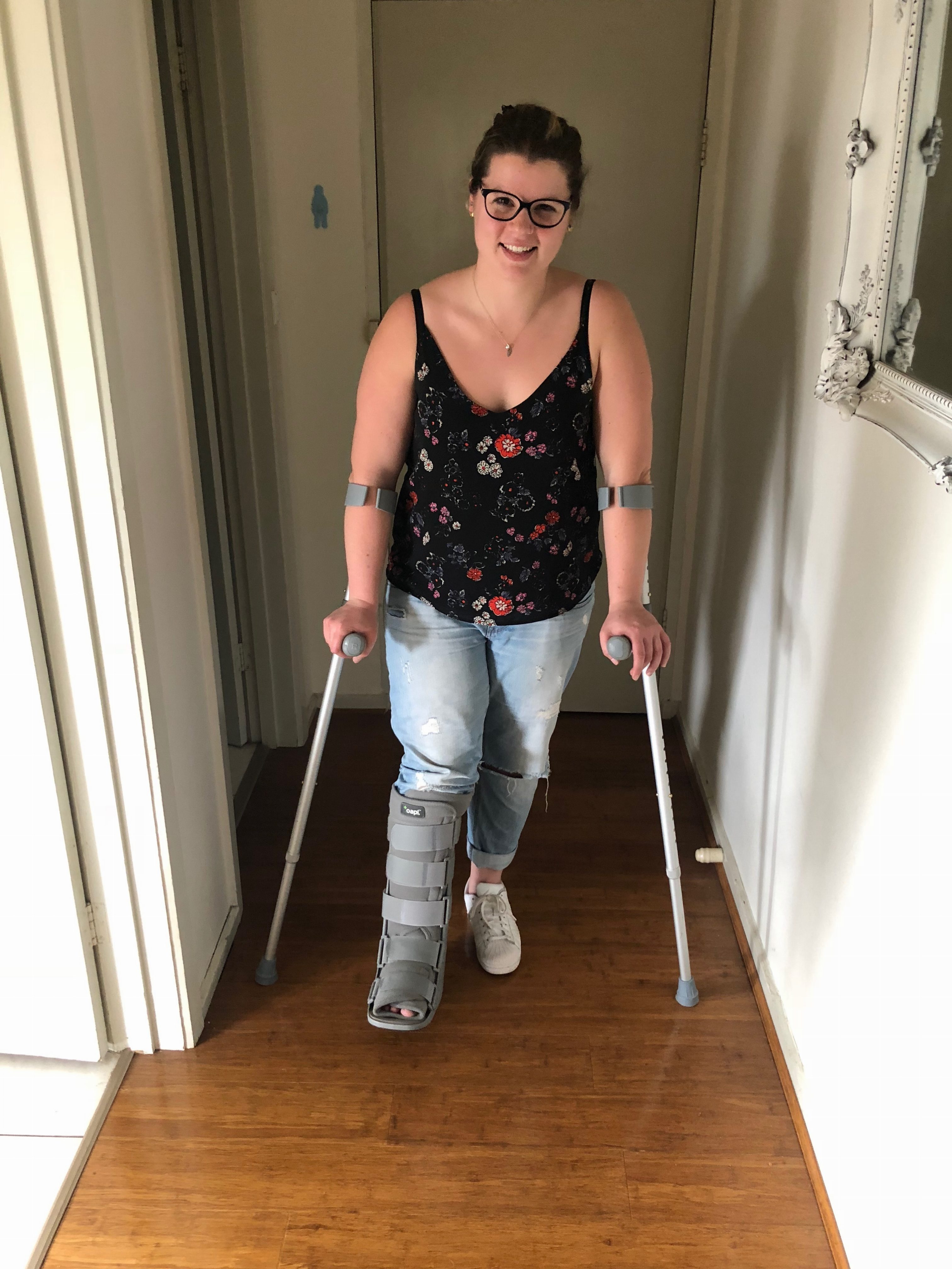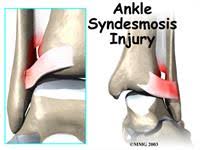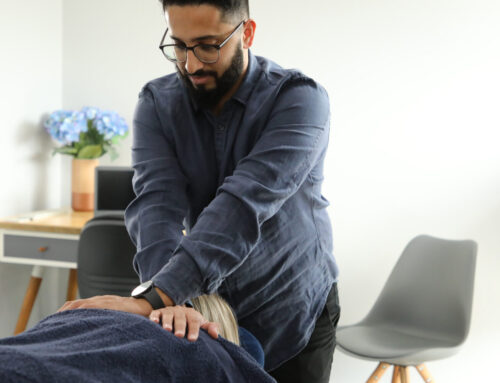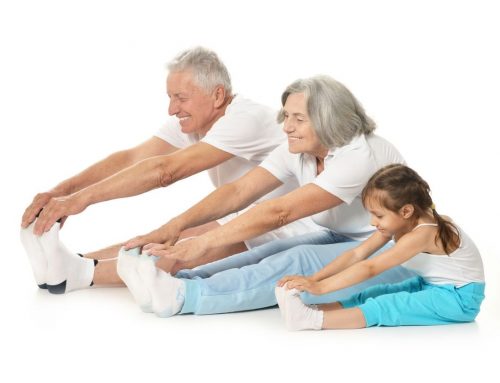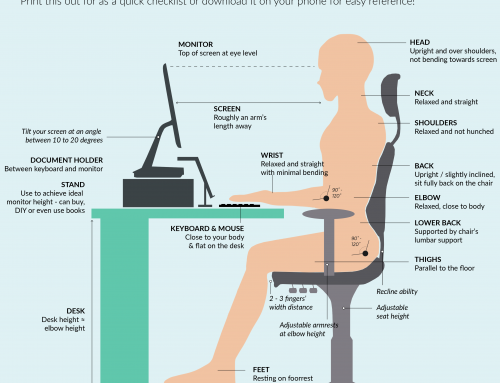These are the questions I’ve had from every person I’ve seen or spoken to over the last couple of weeks ….
- “What have you done to yourself?”
- “How did you do that?”
- “In New Zealand? Were you skiing?”
The answer to the last question sadly is: Nope!! I wish I was skiing, much less embarrassing story if I was!
What was meant to be a long weekend in the beautiful south island of New Zealand has turned into a 4 week hiatus.
So what did I do?
Standing on a hilltop, a lookout on the last day of the trip, surrounded by the In-laws, we were there to have a little picnic before heading back to the farm for our last night before flying back to Melbourne the next morning. Carefully making our way down the cliff face to a different vantage point and down I went! Loose stones and steep surfaces do not mix well, sack of potatoes was an understatement!
The whole thing felt like it was in slow motion and according to those around me it looked that way too. My right foot bent backwards underneath me. I landed flat on my back with my foot caught up underneath, not exactly the graceful impression I wanted to leave with the Kiwi family. There I was trying to hold back tears, no one actually realising the seriousness of the situation – but I knew – straight away i knew something was not right. I felt something go “POP”. Unfolding myself and trying to stand up, the gravity of it all started to sink in, the pain was excruciating and I could not weight bear if my life depended on it.
As an osteopath our job is to diagnose musculoskeletal issues. 85-90% of our diagnosis comes from a thorough history and mechanism of injury and with my 10 years of experience working in the sporting industry there was only 2 diagnoses running through my head, and boy was I hoping my ankle was broken.
Carried back up the hill by my other half and his brother we were able to get back to the homestead and try to assess the damage that had been done. Very swollen and unable to move it, was the extent of my examination. Not exactly diagnostic, however the one thing that really made me uneasy was the fact that when I was hopping about I felt like my foot was going to fall off, I have previously broken my upper arm and torn my ACL and I think this was the MOST painful thing I have ever experienced.
A few hours later drugged up and driven into Christchurch Emergency an X-ray confirmed my fears – NO fracture. Most people would say that’s a good thing – however in my head this only left one other option, a syndesmosis and I happened to be right unfortunately.
Back in Melbourne and 24 hours later I’d had an MRI and the syndesmosis injury was confirmed. I immediately put myself in a moonboot and my Mum and I were frantically calling surgeons, trying to call in every favour we could so I could be seen immediately. Then the real stress sets in, how are we going to treat it?
What is a syndesmosis injury?
Your syndesmosis (high ankle sprain) is a fibrous joint where the two leg bones are connected together by ligaments or connective tissue and usually have very little mobility.
High ankle sprains are much less common but are more disabling than your traditional lower ankle sprain. They must be diagnosed early stage and appropriate treatment initiated, which again differs from a lower ankle sprain.
Syndesmosis injuries account for approximately 11% of all ankle injuries, with a higher occurrence in sporting activities that involve twisting or cutting manoeuvres. This is where the diagnosis is important – high ankle sprains can lead to long term instability and weakness of the ankle complex if not treated correctly, including pain from extra movement and longer term complications such as arthritis.
The most common way to injure these ligaments is through an external rotation mechanism (where the foot is turned away from the body), or with excessive dorsiflexion (the movement at the ankle where the shin moves forward over the fixed foot in weight-bearing). High ankle sprains usually occur following a traumatic ankle injury.
Depending on the grade and severity of the syndesmosis injury, they can be treated both conservatively and with surgical intervention.
In Part 2 of this blog you can read about how I made the decision about whether to do surgery or not….
